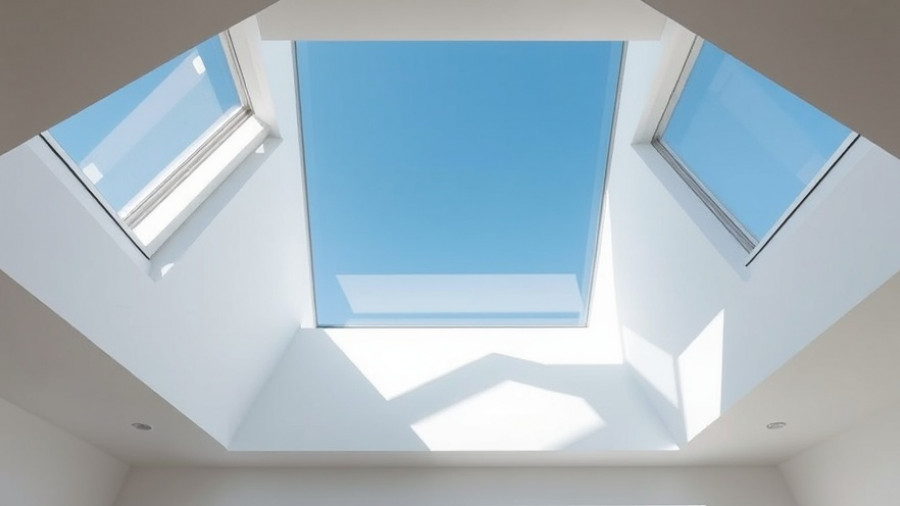
Flat Roof Longevity: Understanding the Basics
When considering a new flat roof for your London home, it's essential to understand its lifespan. Flat roofs have gained popularity due to their sleek appearance and practicality, especially in urban settings where space is limited. On average, a flat roof may last between 10 to 40 years, contingent on factors such as the type of materials used, installation quality, and the local climate.
The Benefits of Flat Roofs for Young London Homeowners
Choosing a flat roof brings a plethora of advantages:
- Cost-Effectiveness: Generally, flat roofs are cheaper to install as they require less structural support and fewer materials compared to sloped roofs.
- Usable Roof Space: A flat roof can transform into a terrace, garden, or even accommodate solar panels, making it a versatile space for young homeowners looking to maximize their living environment.
- Modern Aesthetics: The clean lines of flat roofs suit contemporary architecture, often appealing to young Londoners who appreciate stylish, minimalist designs.
- Maintenance Ease: Accessing a flat roof for repairs or maintenance is considerably safer and easier than tackling a steeply pitched roof.
Types of Flat Roofs and Their Lifespan
Here’s a look at different flat roofs along with their expected lifespans:
Felt Flat Roof
Typically lasting between 8 to 12 years, felt flat roofs are cost-effective but require diligent upkeep. Their disadvantages include vulnerability to cracking and unattractive aesthetics. Young homeowners may want to consider these factors when deciding.
Fibreglass Flat Roof
With a lifespan of 15 to 20 years, fibreglass roofs provide great durability and aesthetic appeal if installed correctly. However, they can crack in adverse weather, so proper installation is key.
EPDM Flat Roof
EPDM roofs can last between 15 to 30 years and offer a balance between cost-effectiveness and durability. They are relatively easy to install but should be handled with care to avoid punctures.
PVC Flat Roof
PVC flat roofs have a baseline lifespan of 20 years but can last significantly longer with proper care. They can resist harsh weather conditions, making them particularly suitable for the variable London climate.
Red Flags Indicating Roof Replacement
As a responsible homeowner, being vigilant about the state of your flat roof is crucial. Watch for:
- Pooling Water: Standing water can indicate drainage issues and may jeopardize the roof's integrity.
- Cracks and Blisters: Any visible damage should be addressed promptly to prevent serious leaks.
- Interior Water Damage: Damp spots on ceilings or walls could signify a leak, warranting immediate professional assessment.
Sustainable Living: Eco-Friendly Flat Roof Solutions
In the era of sustainable living, consider eco-friendly roofing options whose materials can help reduce energy consumption, like green roofs that support biodiversity and improve air quality.
Actionable Insights for Your Flat Roof Journey
When contemplating a flat roof installation:
- Research materials and local contractors to ensure quality installation.
- Incorporate green technology like solar panels for long-term sustainability.
- Regularly inspect your roof for maintenance to extend its lifespan.
Your Flat Roof Decision: Make Informed Choices
Understanding how long a flat roof lasts and its benefits can help you make informed, eco-friendly decisions for your home. Prioritize quality over cost, consider your unique lifestyle needs, and always opts for certified professionals when installing your roof.
In conclusion, as a young homeowner in London, staying informed about your home and property care is vital. This ensures your flat roof not only adds aesthetic value but also serves you reliably for years to come. Beyond just structural choices, embrace local resources and initiatives that can enhance your sustainable living journey. For more insights and tips tailored for you, stay tuned to our community-focused articles!
 Add Row
Add Row  Add
Add 




Write A Comment